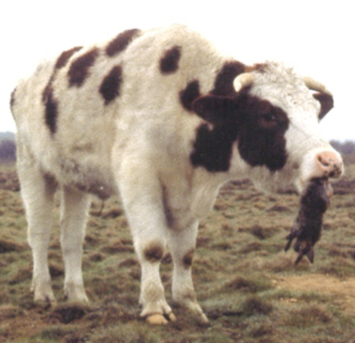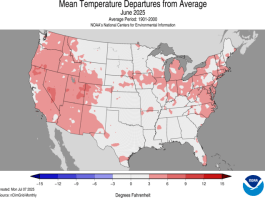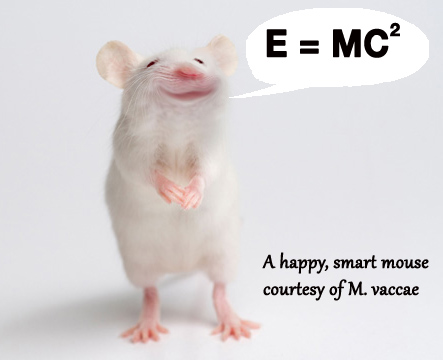We’ve all seen those diagrams of the flight zone. But sometimes seeing a group of animals demonstrate how it works is a lot more helpful. That’s what this video does for us. Yes, it is sheep, but the same principles hold when you’re working with cattle. Though I mostly work with cattle, I like this video demonstration with sheep because of their tendency to crowd more closely together than cattle. This makes it easier to see how our body language changes the animals’ response.

What’s the Flight Zone?
Boyd Holden, the livestock handling instructor in this 1:31 video, describes a flight zone as “the distance that animals want to maintain between us and them.” The way we approach the animals and the amount of movement we use can change the size of this zone. As the woman in the video demonstrates, when she walks through the sheep quietly and calmly, the animals move slowly away from her. The more movement, as when she jumps and swings her arms, the larger the flight zone becomes. It’s kind of like when you see an erratic driver on the highway in front of you and you give them a little more space just in case they do something really crazy.
Why Do We Care?
Working with our stock is easier when they’re calm and quiet. It let’s us be calm and quiet too, avoiding all the yelling and rushing about that is just tiring and makes for an unhappy day working with our friends and family.
Taking the time to brush up on our stockmanship skills makes for a happier, healthier herd, and a happier work environment for humans too. If you’d like some more handling tips, check out our Special Collection of Whit Hibbard’s Stockmanship How-To articles.
More to Come!
This video is part of a series from our friends in Australia that covers good handling techniques for sheep and cattle. I’ll be sharing more of these videos in upcoming issues. If you have suggestions or resources you’d like to share, let me know, or add them in the comments below. Thanks!
Thanks to the On Pasture readers providing financial support.
Can you chip in? To be sustainable, we need a $15,000 match from readers to make our grant happen this year. If it’s an option for you, consider becoming an “Ongoing Supporter” at just $5/month. Being able to show that kind of support is especially helpful when we’re approaching outside funders.





Folks need to rethink their terminology and re-evaluate their thought process! Flight zone would imply a fearful response. When using the terminology “low stress” fear should note be a tactic to aquire a result. People need to acknowledge what a predator/prey relationship is, how it works and do everything they can to not emulate it!
And then there are those sheep who are habituated to the humans who care for them and whose flight zone is pretty much non-existant. This is me checking udders on ewes who are due to lamb out in the field several years ago.
https://www.youtube.com/watch?v=FzCcHZyjGNA
https://www.youtube.com/watch?v=_zMGmSDvohY
I was proving that I could walk up to sheep in pasture because people doubted it. And no, these were never bottle lambs or show sheep.
As a master of the typo, the malaproprism, and the convulted syntax, I’d like to congratulate you on this: “It’s kind of like when you see an erratic driveway on the highway in front of you.” As an aside, when I see an erratic driveway, I check to see if I have been drinking anything stronger than Coca Cola.
🙂
Dang that autocorrect! Thanks for pointing it out. I fixed it. 😬
Sheep are also very keyed into where you are looking. If you look at the ground directly in front of them, they will make a wider circle around you without any additional movement on your part. If you avert your gaze, the flight zone shrinks. If you look behind them, they will move ahead faster.
Comments are closed.